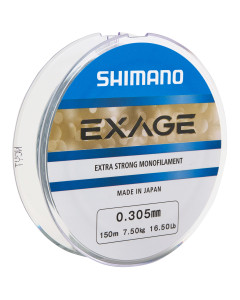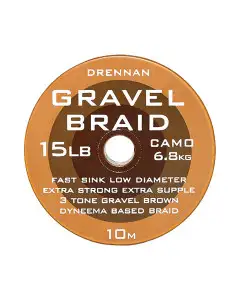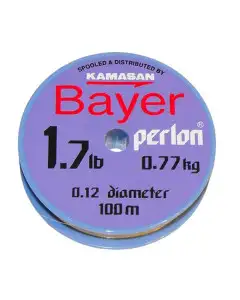This is a demo store. No orders will be fulfilled.
Coarse & Match Fishing Line
Ask any coarse angler to list fishing equipment and there’s a good chance that ‘line’ will appear pretty high up that list – right after ‘rods’ and ‘reels’.The importance of a quality fishing line for your match and coarse fishing cannot be overstated. Even if you’re using the best tackle in the world, if you’re fishing with a sub-standard line you’re going to encounter tangles, weak knots, and, worst of all, breakages. It doesn’t matter if you’re fishing with mono, a fluoro, a braid, or any other of the many varieties in between – taking the time to invest in a quality line is paramount to your fishing success.
What is the best fishing line to use?
We have a great selection of line available from a number of the top tackle retailers, both in the UK and around the world. With names such as Maxima, Daiwa, and Preston on our books, you can be confident that you’re getting a world-class line, no matter your budget.
There are 3 mains types of line to choose from for match and coarse fishing. Monofilament is usually the most common as it a stretchy, highly abrasion-resistant single thread line that has a large diameter to strength ratio. You also have the choice of fluorocarbon line and braid.
Within this coarse and match section of line, there is more than just mainlines but options for hook lengths too. Snagged hooks are a common, annoying problem to ensure the safety of your rod and reel, you may need to break your line. This is where a hooklength comes in. A hooklength is a length of fishing line that sports a thinner diameter than its mainline as well as a lower breaking strain. Breaking this part of the line means you will leave less mainline in the water that can endanger wildlife and cost you money!
What does breaking strain mean on fishing line?
When it comes to choosing the right fishing line for your match and coarse sessions, consider the breaking strain of the line type. The lines breaking strain means the amount of force it takes to break it. The strain stated on its packaging is the minimum that the line should break at and you will find that almost all good lines have a much higher breaking strain than is stated.
What lb fishing line should I use?
When it comes to coarse and match fishing, your line needs to be strong for time and time again usage. To help choose the right strength of the fishing line for your usage, you need to look at the lbs or pounds that relate to its breaking strain.
If you are fishing for lots of small species of fish such as roach, rudd and perch, a line with 1-4lb of breaking strain will assist with finesse as its lightness will allow you to catch small fish but there’s enough strength there to land a carp or other large fish if they do come along.
When hoping to land some mid-sized fish such as tench, bream and chub, you are likely to require a 5-10lbs line that will have the strength to land them. Tench fight harder than bream so pick higher lbs to accommodate your target species.
It is unlikely that your match and coarse angling will call for a breaking strain above 10lbs as this is reserved for the large specimens of carp and pike. However, if you find yourself fishing for a hard fighting fish or are at a peg where snags are a higher risk this may be the lbs for you. To help with match fishing, you can check out some great tips on our AD Blog.
If you’re looking for a little line inspiration, we have a host of tackle reviews, from Shimano Aero Match line to our very own Advanta range of coarse lines. Additionally, if you are a bit of a novice angler looking to buy your first line, you can find out more information onthe AD Blog.
Beginners Guide to line and braid
If you replace your old line with a new spool, please remember to recycle your fishing line.











